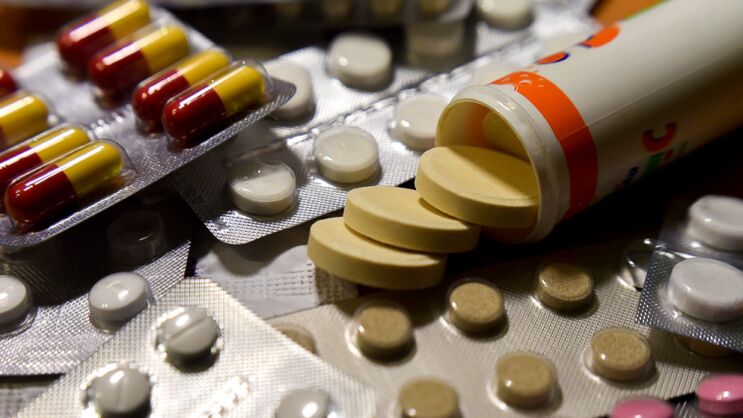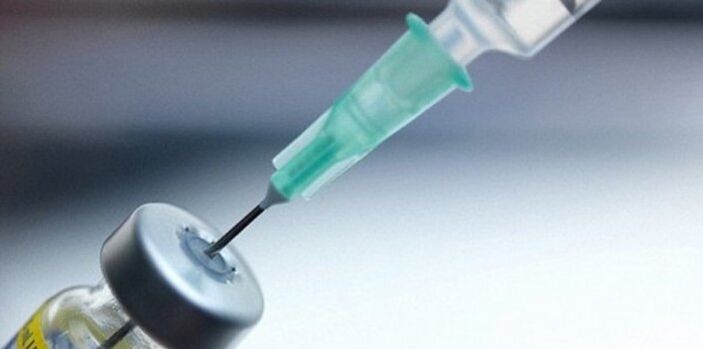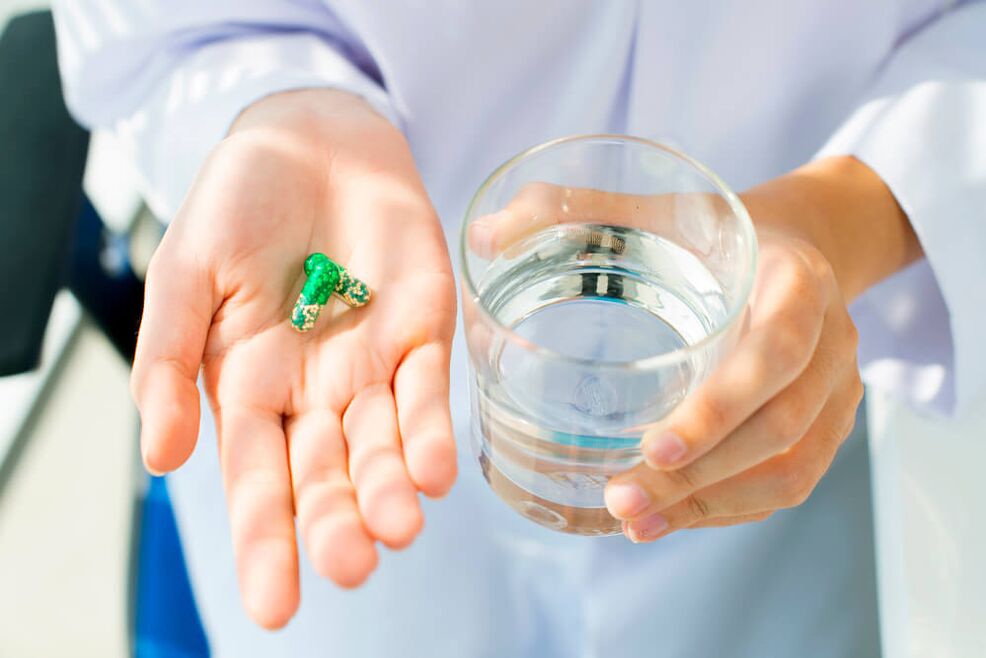Prostatitis is a fairly common male disease.
It can be infectious and non-infectious, the first form is divided into bacterial and non-bacterial.
Treatment of prostatitis with antibiotics is performed in the case of infectious bacterial glandular lesions, even if the symptoms are not obvious.
Sometimes they are prescribed as non-bacterial forms of test therapy.

Antibacterial drugs positively affect pathogenic microbial communities and destroy inflammatory pathogens. Broad-spectrum antibiotics have also become drugs that may prevent complications that may affect the genitourinary system.
Antibiotic classification of prostatitis
In acute or chronic inflammation, doctors choose a drug from a group or groups of antibiotics that are sensitive to microorganisms. This is determined by the analysis results.
All antibacterial agents can be divided into the following groups:
- penicillin;
- tetracycline;
- Aminoglycosides;
- cephalosporin;
- Fluoroquinolones;
- Macrolide.

Penicillin group
Drugs with penicillin as the main substance are antibacterial agents with broad-spectrum effects.
In this case, the substance can be of natural and synthetic origin. The advantage of this group of drugs is that they are affordable, and tablets (or suspensions) can be used at home.
In the extensive list of penicillin antibiotics, the most common is penicillin of the same name, which is most commonly used to treat chronic inflammation.
Tetracycline group
Tetracycline as an antibiotic for prostatitis can be taken orally in the form of topical ointment or tablets.
The substance can effectively kill Streptococcus, Staphylococcus, Salmonella, Chlamydia, Shigella and a large group of other microorganisms, and is rapidly absorbed by the prostate tissue.
Recently, tetracyclines have been used less and less in urology due to many side effects (especially from the gastrointestinal tract).
Among the shortcomings of drugs, microorganisms can be singled out for resistance to tetracycline drugs, as well as some side effects:
- Colic;
- nausea;
- Digestive system diseases;
- anemia;
- Eosinophilia;
- Increased intracranial pressure;
- Liver damage;
- allergy.
Aminoglycosides
For a long time, these drugs have been used as antibiotics for the treatment of male prostatitis and have a wide range of effects. However, these drugs are highly toxic.
The most common use of the drug is to combat Gram-negative pathogens of bacterial inflammation, including Pseudomonas, Proteus, Klebsiella, Salmonella, and Enterobacteriaceae.
They are inexpensive and quickly absorbed into the blood-reaching their maximum plasma concentration one hour after ingestion.
Disadvantages of funds:
- The scope of action is limited-it is only used as an additional agent against certain pathogenic microorganisms in the complex treatment of prostate inflammation.
- It can cause many side effects, including: headache, kidney failure, vomiting, nausea, hearing loss, anemia, leukopenia, lethargy, oliguria (reduced urine output compared to normal conditions), etc.
- The drug is not sold in oral form-it is injected and injected to bypass the gastrointestinal tract.
Cephalosporin group
These antibacterial agents are also not used for oral administration, they are administered parenterally. They are usually prescribed for hospitalized patients.
These funds target gram-positive pathogens, a small group of anaerobes and gram-negative bacteria.
Funds are usually used to combat complex prostatitis caused by Escherichia coli, Enterobacter, Neisseria gonorrhoeae, Staphylococcus, Proteus, Klebsiella and other pathogens.
If the infection cannot be overcome with penicillin, tetracycline and other antibiotics, doctors will turn to these funds.
Other advantages of the drug include acceptable cost and minimal contraindications (except for allergies to such antibiotics).
Like all antibacterial agents, cephalosporins have side effects:
- Headache;
- Allergic rash and local reactions at the injection site;
- Intestinal and stomach diseases;
- Colitis and so on.
Fluoroquinolinyl
These drugs are used in the comprehensive treatment of chronic inflammation of the prostate because they can quickly penetrate into the glandular tissue and have a long-term effect.
If the disease is caused by mycobacteria, gram-positive and gram-negative microorganisms, chlamydia or mycoplasma, it is recommended to drink them.
Among the side effects, in addition to vomiting, nausea, and diarrhea typical of antibiotics, there are ICP, tachycardia, fatigue, leukopenia, anemia, and impaired renal function.
important!Drugs cannot be used in combination with certain drugs. For example, combined use with adenosinegic drugs can significantly reduce blood pressure. It is also not recommended to drink the drug together with non-steroidal anti-inflammatory drugs, because their combination will increase the negative impact on the nervous system.
Macrolide group
They are sometimes used to treat prostatitis caused by chlamydia or mycoplasma. However, in terms of other potential pathogens, their effectiveness has not been proven.
Treatment programs
What kind of antibacterial drugs to take is determined by the doctor after testing to determine the type of pathogen and its sensitivity to the drug.
Antibiotics are only part of the treatment of acute and chronic infectious prostatitis, which includes a complete set of supplementary drugs.
The standard treatment system includes:
- Antibacterial drugs-destroy the source of inflammation.
- Blood circulation stimulants-to eliminate blood stagnation in the small pelvis.
- Anti-inflammatory drugs-relieve swelling and pain.
- Immunomodulators-maintain and activate the body's defense system;
- sedative;
- Vitamins and trace elements (zinc, magnesium, selenium, vitamins A, B, C, E);
- Herbal infusions and teas (elderberry, bilberry, St. John's wort, comfrey);
- Exercise and prostate massage-stimulate blood circulation and reduce congestion.

Acute inflammation
In the acute form, both home treatment and hospitalization under the supervision of a doctor are possible.
In this case, the drugs prescribed were comprehensive and extensive: first, they turned to the powerful drugs on the cephalosporin list, and as they improved, they turned to fluoroquinolones.
Sometimes it is recommended to take two types of antibiotics at the same time for the fastest cure.
In acute inflammation, the response to the drug is fast enough-the symptoms will disappear within a few days.
But even if the condition is relieved, you cannot interrupt the course of treatment and change the dose prescribed by the urologist. This may lead to the transformation of the disease into a chronic form and the formation of bacterial resistance to the drug.
If all goes well, prostatitis can be cured 100% without complications.
Chronic process
Compared with the acute form, the treatment of slow inflammation with periodic exacerbations is more complicated and takes longer. This is because the prostate tissue has changed, the prostate tissue is not so sensitive to antibacterial drugs, and the antibacterial drugs are "retained" in its cells.
Nevertheless, for chronic disease, the following groups of antibiotics are most effective:
- cephalosporin;
- Fluoroquinolones;
- Macrolides.
The duration of treatment is at least one month, but usually this is not enough, so the doctor will prescribe several courses at a time at equal intervals. It’s important to follow these guidelines, even if it gets better: this feeling can be deceptive and only makes the problem worse.
in conclusion
When symptoms of prostatitis appear, don't waste time looking for solutions on forums and topic sites. It is important to see a doctor before the disease becomes serious and complications start to have serious consequences for men’s health.

























